The 1960s was a revolutionary era, not just in culture and fashion but also in the automobile industry. As young consumers became more interested in speed and power, American car manufacturers adapted to meet their demands. The Plymouth GTX debuted in 1967 as an upscale muscle car based on the Plymouth Belvedere, offering high-performance engines, stylish trims, and luxury features.
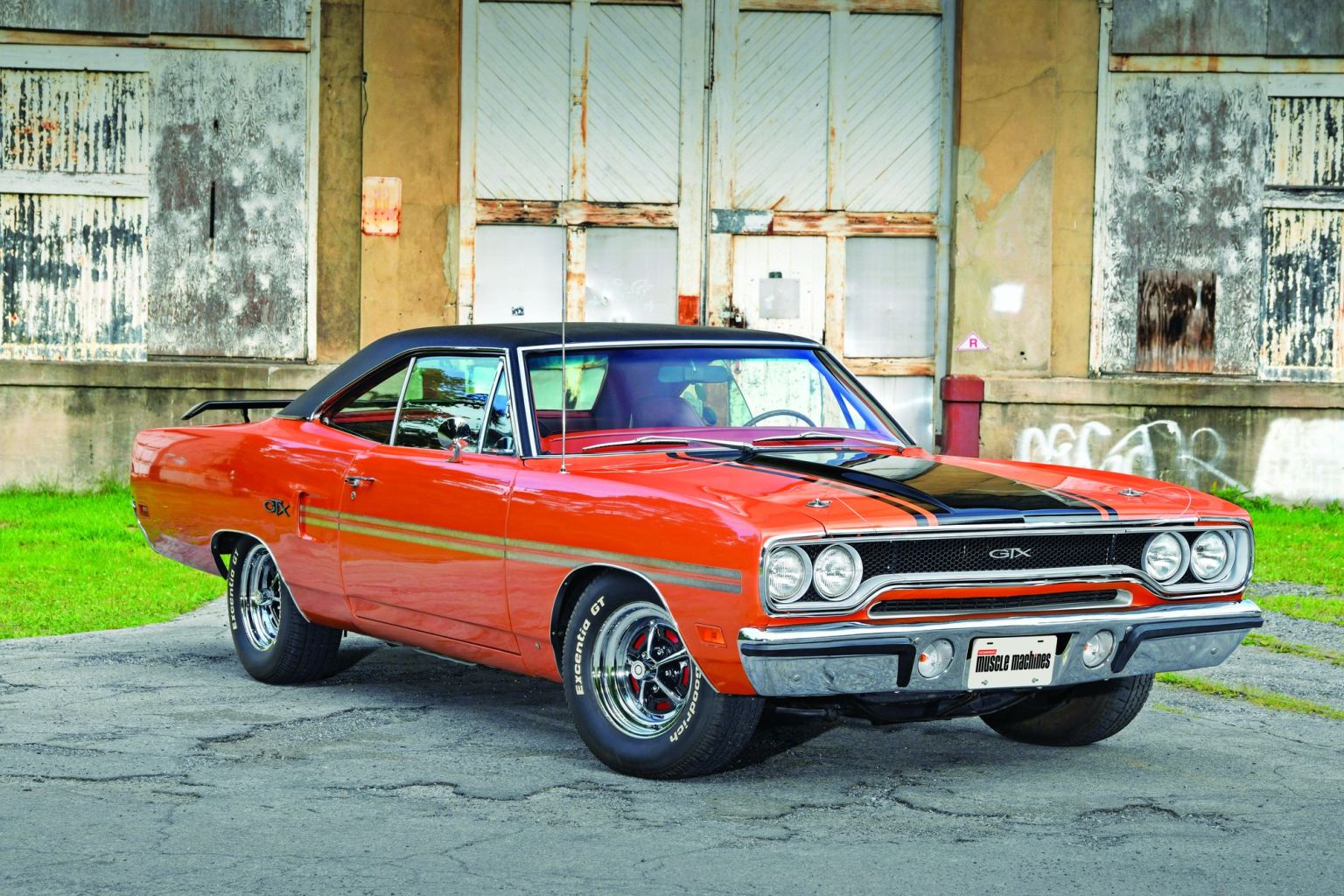
1970 Plymouth GTX – A Muscle Car Icon
The Plymouth GTX quickly gained recognition in the muscle car world. It provided a more refined experience compared to its budget-friendly sibling, the Road Runner. While the Road Runner focused on affordability and raw performance, the GTX catered to those who wanted both speed and luxury.

Bruce Morrow and His Passion for Muscle Cars
Bruce Morrow, a car enthusiast from New Jersey, grew up during the golden era of muscle cars. His love for Mopar vehicles began in the 1970s when he bought his first Dodge Coronet. Over the years, he owned several classic Mopars, including a Road Runner convertible, a Dodge Charger Brougham SE, and a ’Cuda 340.
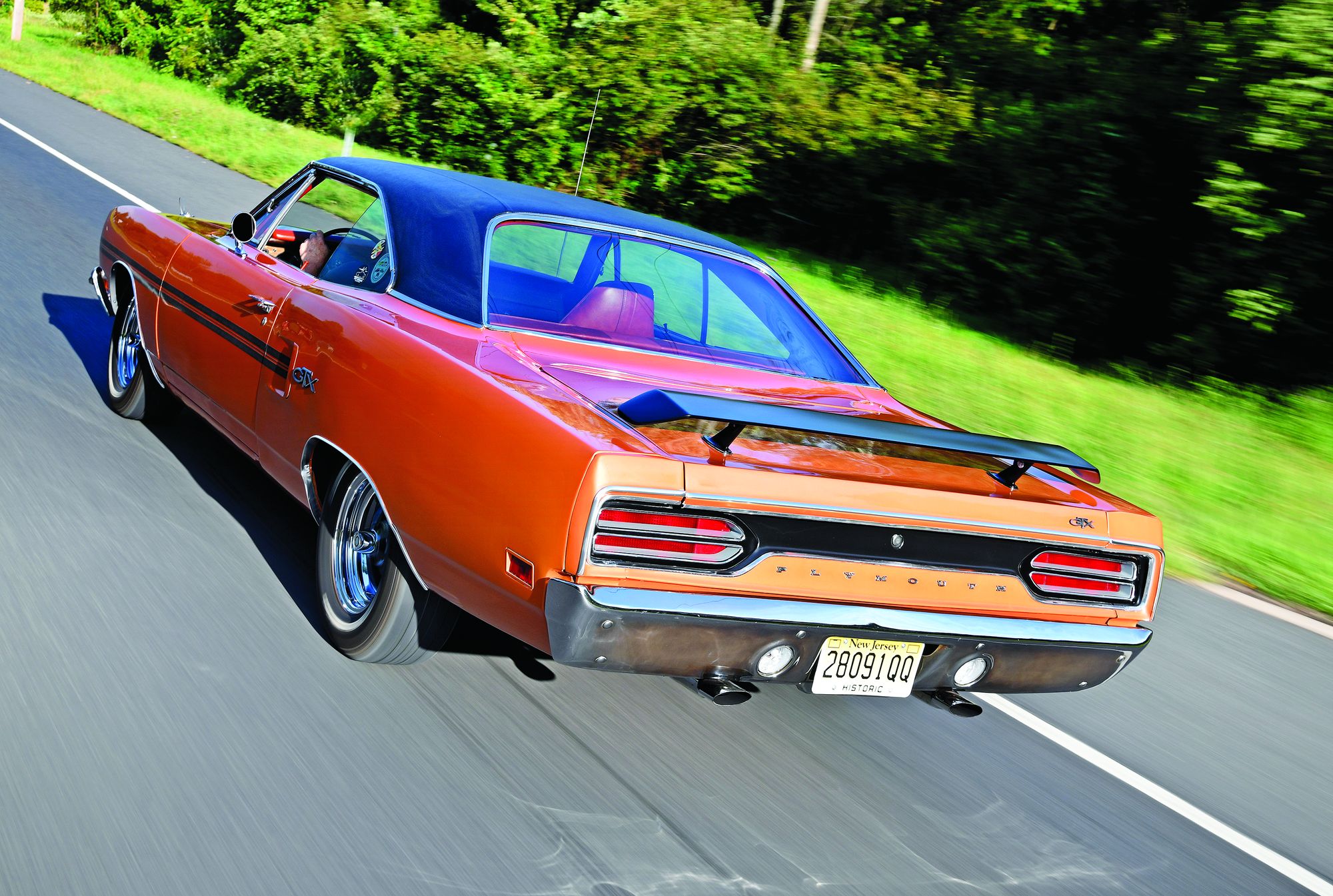
Searching and Acquiring the 1970 GTX
After years of owning various Mopars, Bruce decided he wanted a Plymouth GTX. His search took two years before he finally found a 1970 GTX in Kentucky in 2015. However, upon arrival, he discovered that the car required extensive work to restore it to its original condition.
Specifications of the 1970 GTX
Bruce’s GTX was originally equipped with a 440 cubic-inch engine (E86), a 727 TorqueFlite automatic transmission (D32), and a factory-installed air conditioning system (H51). The car came in FK5 Burnt Orange Metallic, one of 750 produced in that color, with an FGK4 Burnt Orange high-back bucket seat interior, making it one of only 500 with that option.
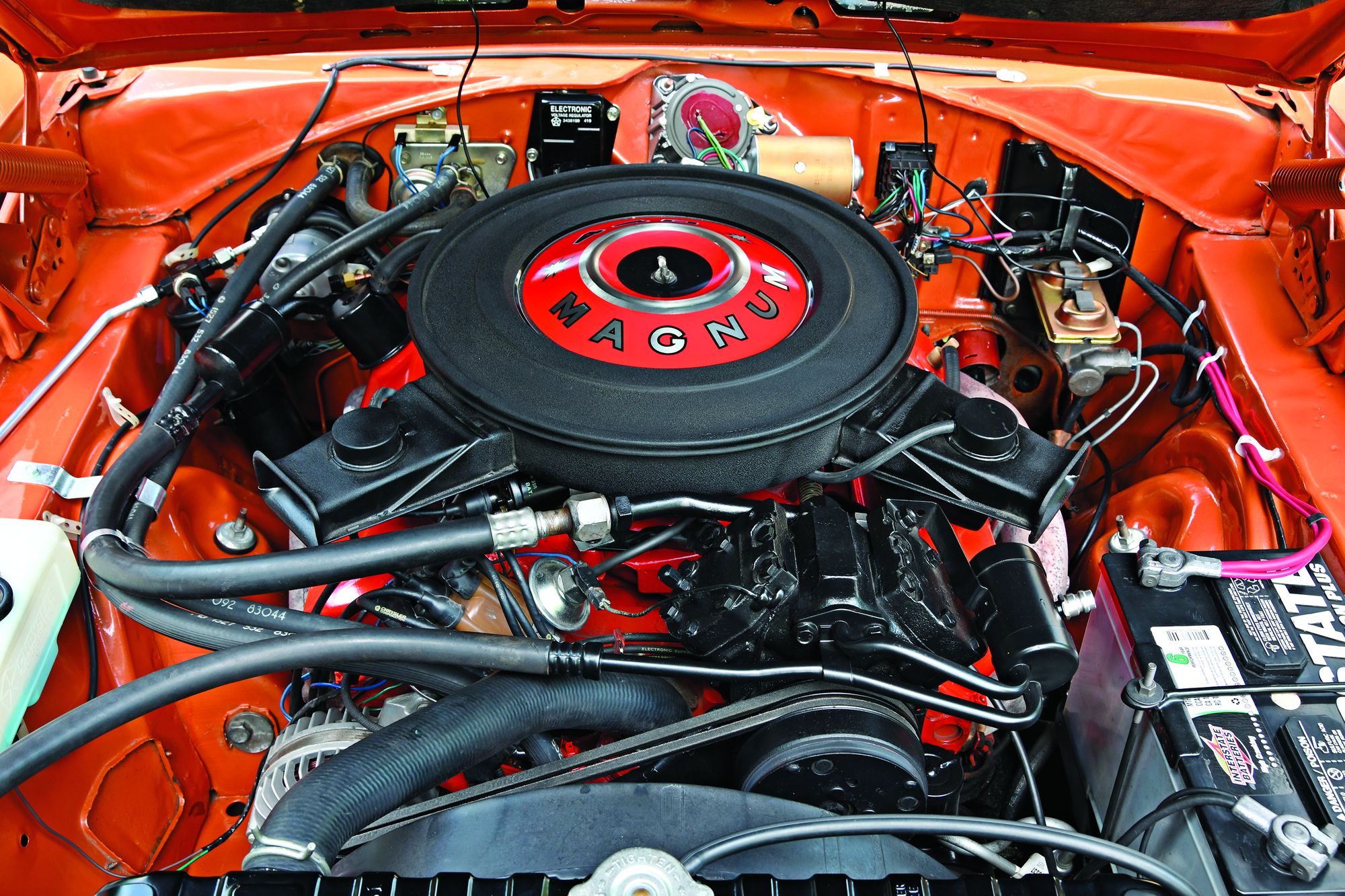
Restoration Process of the 1970 GTX
Upon inspection, Bruce realized the car’s original engine was missing. He spent six months locating a period-correct HP 440 block from Texas. Additionally, he sourced rare parts such as an original 3.23-geared Sure-Grip differential, a 26-inch radiator, power steering components, a correctly date-coded carburetor, and an exhaust system matching factory specifications.
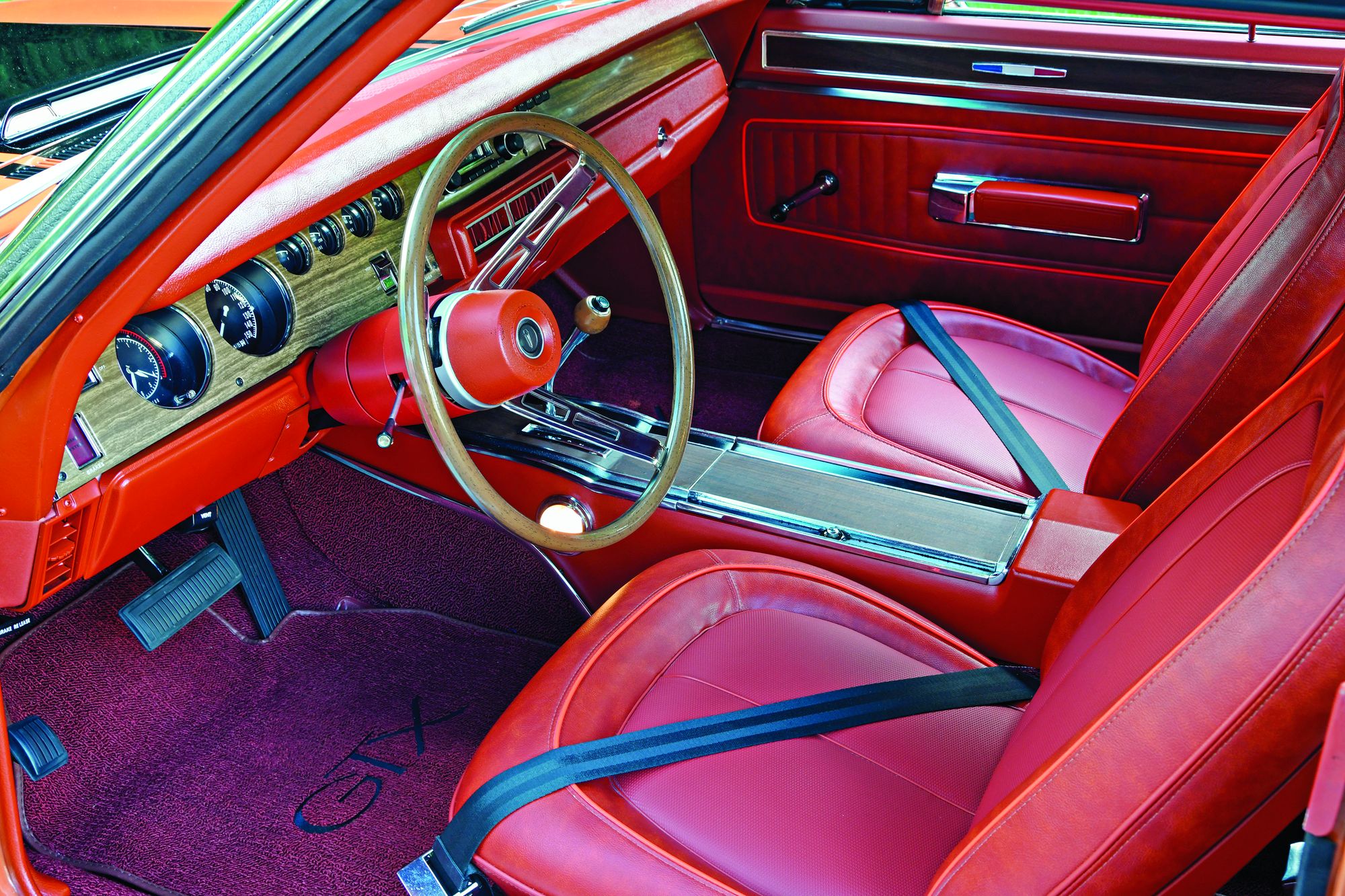
Interior Restoration
Over the years, the car’s interior had been replaced with black vinyl, which was not the original color. Bruce sourced new upholstery from Legendary Interiors to restore the cabin to its factory Burnt Orange configuration. He also refurbished the dashboard to bring it back to its original condition.
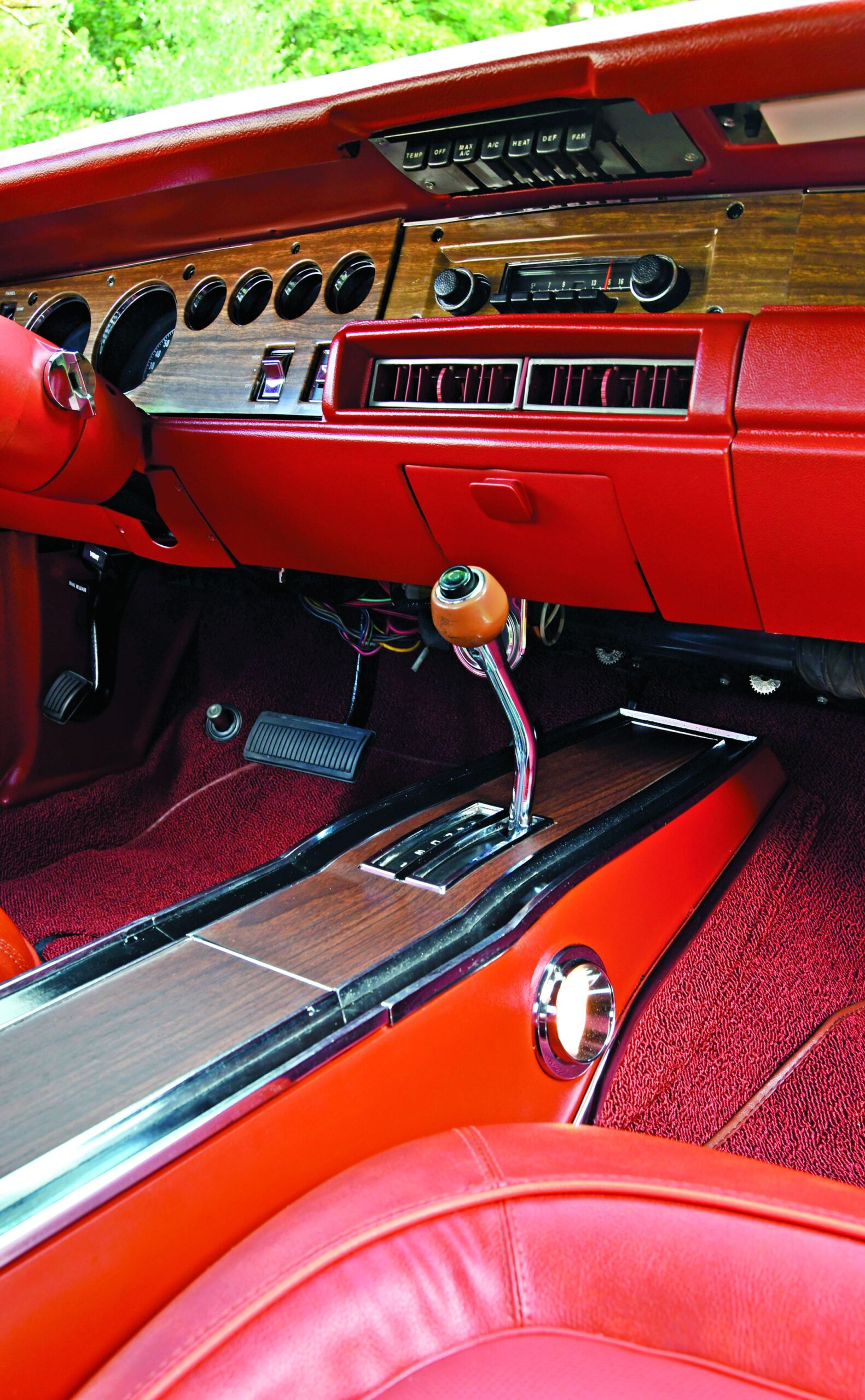
Preserving the Unique Paint Job
Surprisingly, while the car’s paint was in good shape, it was slightly different from the factory Burnt Orange Metallic. Bruce discovered that the previous owner had used a custom blend with more orange pearl, giving it a lighter appearance in the sunlight. Although it was not factory-correct, Bruce decided to keep it as he had grown fond of the unique color.
The Final Results After Nine Years
After nine years of hard work, the GTX was finally restored to Bruce’s high standards. The only remaining upgrade he plans is converting the manual drum brakes to disc brakes for better stopping power.
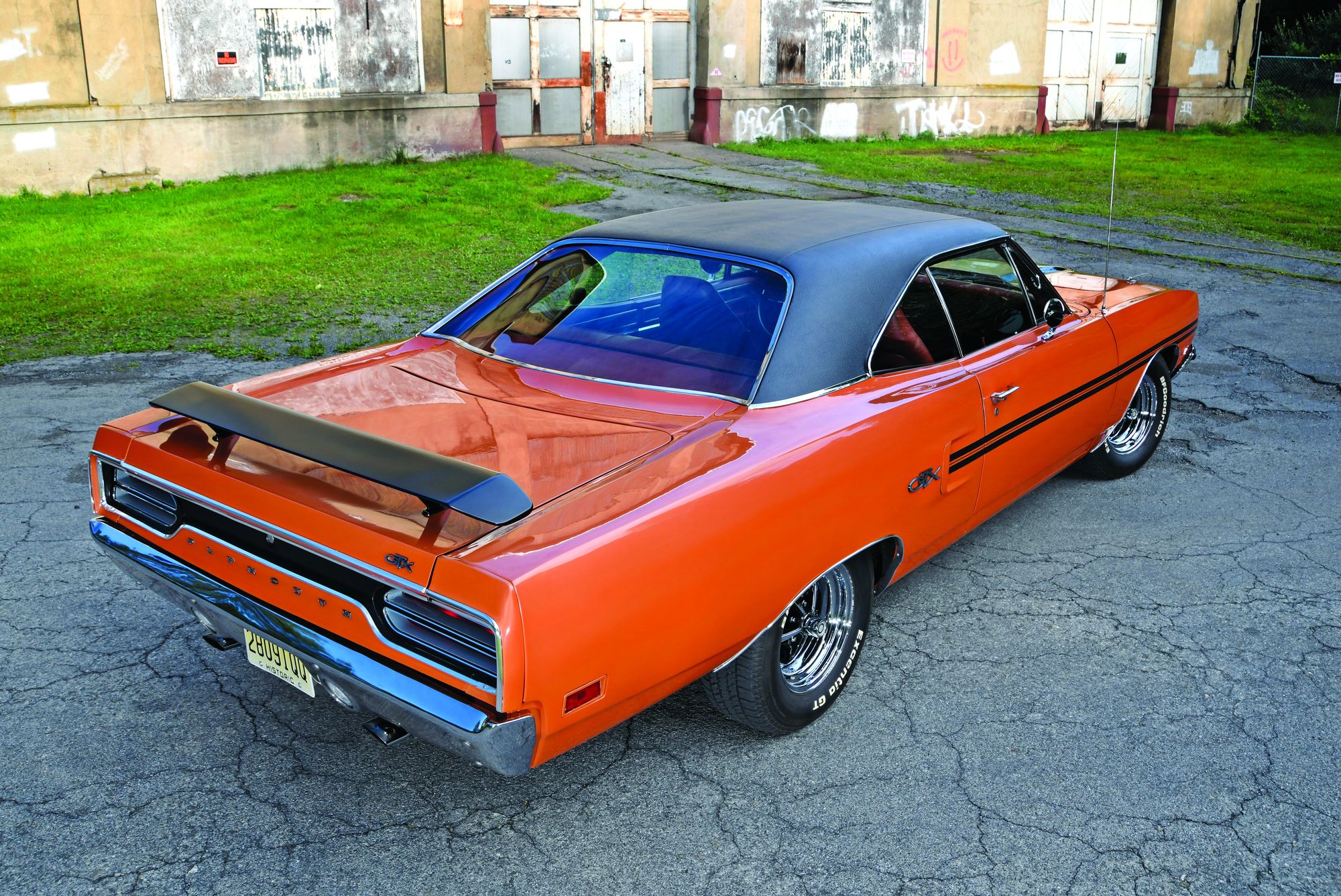
Passion and Love for the GTX
Bruce takes immense pride in his GTX, as it reminds him of his youth and the good times he had driving classic muscle cars. He credits his wife, Linda, for supporting his project over the years, as well as his trusted mechanic and various Mopar specialists who helped bring the car back to life. Today, his fully restored 1970 GTX stands as a testament to his dedication and passion for classic muscle cars.



